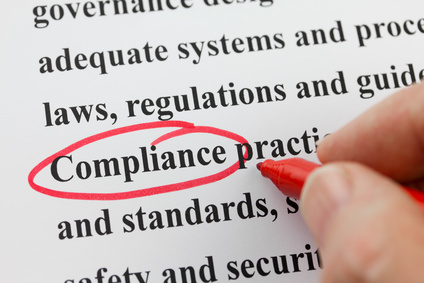
EAR- Don’t Forget About The De Minimis Rule
One of the lesser-understood rules in the Export Administration Regulations (EAR), is the de minimis rule, which determines whether foreign-made products that incorporate U.S.-controlled content are subject to the EAR.
While making international trade easier and better defining the jurisdiction and classification of items, the Export Control Reform (ECR) Initiative has also complicated the application of de minimis. This is why we will go over it briefly for you here.
Let’s Define De Minimis Rule
The BIS’ De minimis Rules Guidelines, § 734.4 and Supplement No. 2 to part 734 of the EAR provide details and guidance to any exporter or manufacturer who needs to understand and apply de minimis. That is the primary and official source you should use when making de minimis determinations for your U.S.-origin products.
Essentially, the guidelines tell you that if a Non-U.S.-made commodity has any of the following characteristics:
- “incorporates” controlled U.S.-origin commodities
- is “bundled” with controlled U.S.-origin software, or
- is commingled with either controlled U.S.-origin software or U.S.-origin technology,
… then it is subject to the EAR if the U.S.-origin controlled content exceeds certain percentages to certain destinations. Pretty straightforward, right?
Not really.
Here’s why.
A Deeper Look At De Minimis Rule
The allowed percentages of U.S.-origin “controlled content” (as always, based upon fair market value, not size, weight, marked-up prices, or other measurements,) may now be 0%, 10%, or 25%, depending upon its post-ECR ECCN and whether it is in the “600 series” or “515 series” of classifications (the so-called “Commerce Munitions List” or “CML”).
As you may recall from earlier blog articles, The CML is for items that used to be on the U.S. Munitions List (ITAR) but are now under the jurisdiction of the EAR.
“Controlled content” is the key term here.
It’s defined in the Guidelines and includes EAR99 items (for certain sanctioned countries,) and “see-through carve-out items” (which are also clearly defined in the Guidelines.) The term “incorporated” is defined as well, but it might not mean exactly what you think it does in the real world.
Items qualifying for the GBS License Exception or items that do not require a license to the ultimate destination of the non-U.S.-made end product (i.e., NLR designated items) do not need to be counted for de minimis content.
If it sounds confusing and more complicated than it used to be, when de minimis thresholds were 10% and 25%, you are not alone. That is why BIS has provided a free, online tool will help you determine if your non-U.S.-made item, located outside the U.S., may be subject to the EAR.
For more related to this subject, please browse the “Posted in” links below.
The De Minimis Rule FAQs
Tom Reynolds is the President of Export Solutions, a consultancy firm which specializes in helping companies with import/export compliance.


